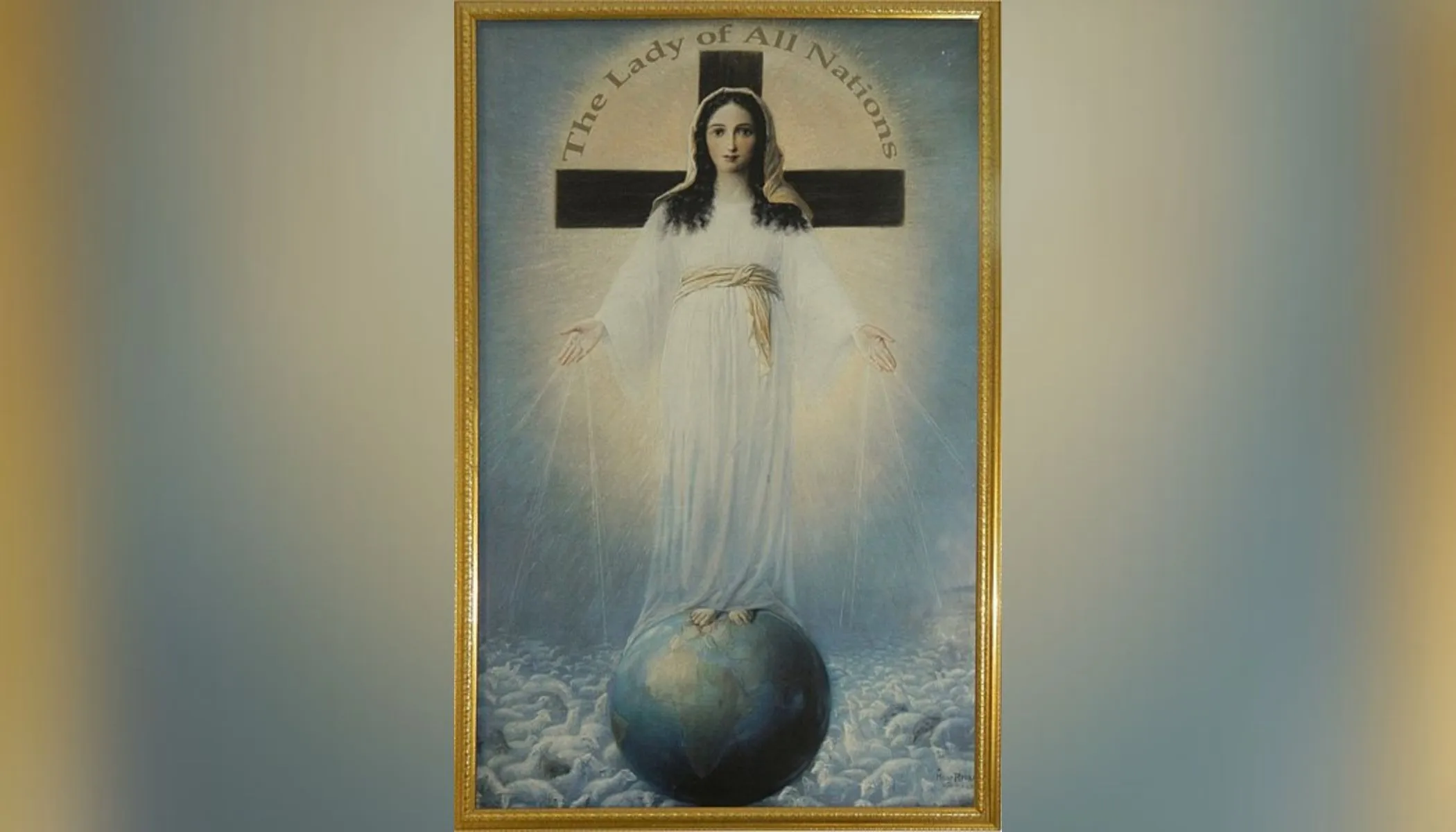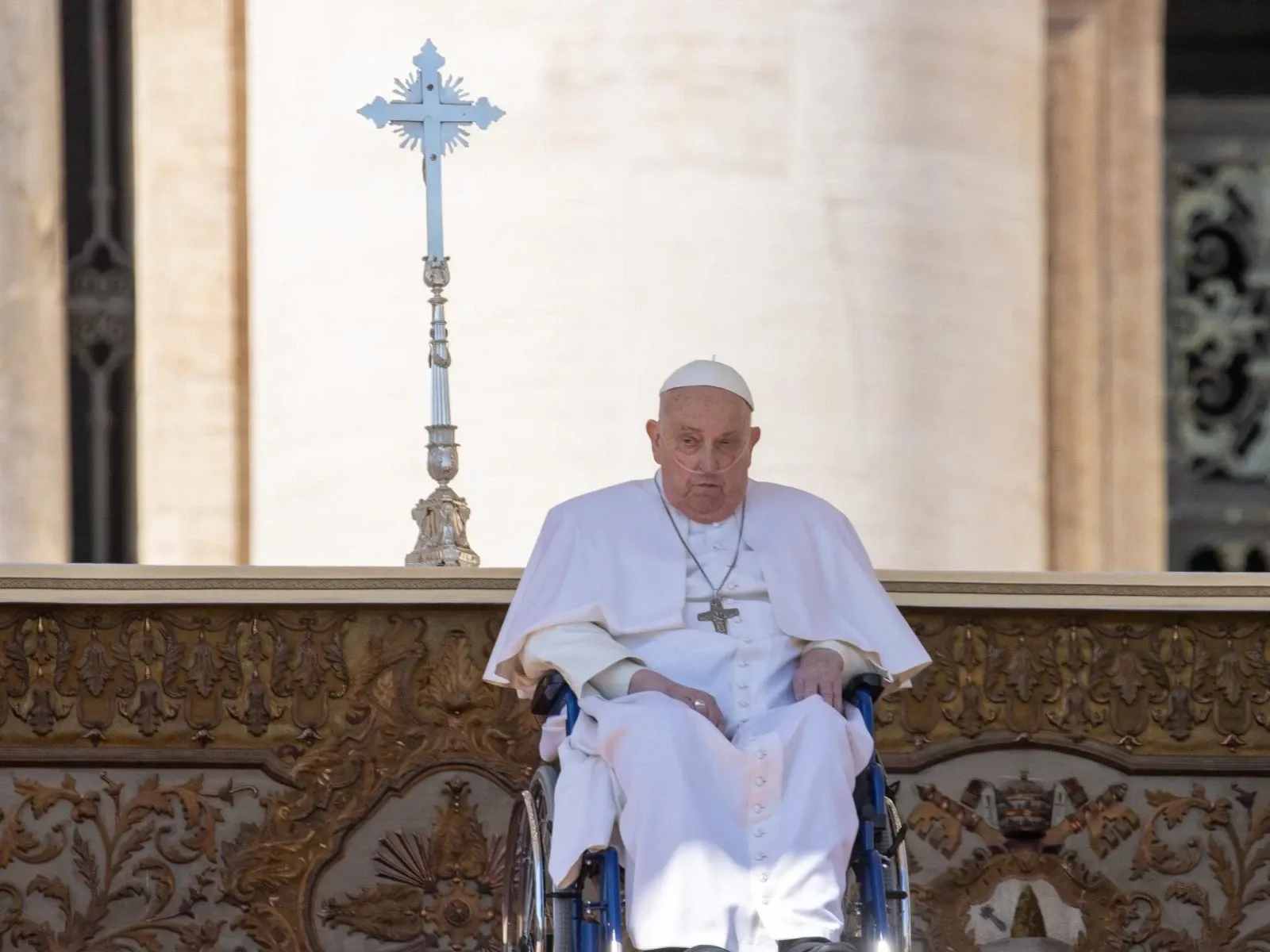Rome Newsroom, 11 July, 2024 / 7:40 pm (ACI Africa).
The Vatican’s Dicastery for the Doctrine of the Faith on Thursday released new information about its 1974 ruling on alleged apparitions in Amsterdam connected to the “Lady of All Nations” devotion.
The DDF said July 11 that due to “persistent doubts” about the alleged Dutch apparitions, which took place in the 1940s and 1950s, it was revealing that in 1974, the doctrinal office voted unanimously that they were not supernatural and would not be further investigated.
While the Vatican’s judgment on the non-supernatural nature of the apparitions has been known for 50 years, the DDF divulged for the first time that the decision involved a unanimous negative vote by the cardinals participating in the doctrine office’s ordinary session on March 27, 1974.
Both negative judgments — on the supernatural quality of the alleged apparitions and on whether to investigate them further — were approved by Pope Paul VI on April 5, 1974.
The dicastery’s press release noted that while in the past, “as a rule” it had not made public the details of decisions of this nature, it was now choosing to communicate the information “so that the holy people of God and its pastors may draw the appropriate conclusions.”








